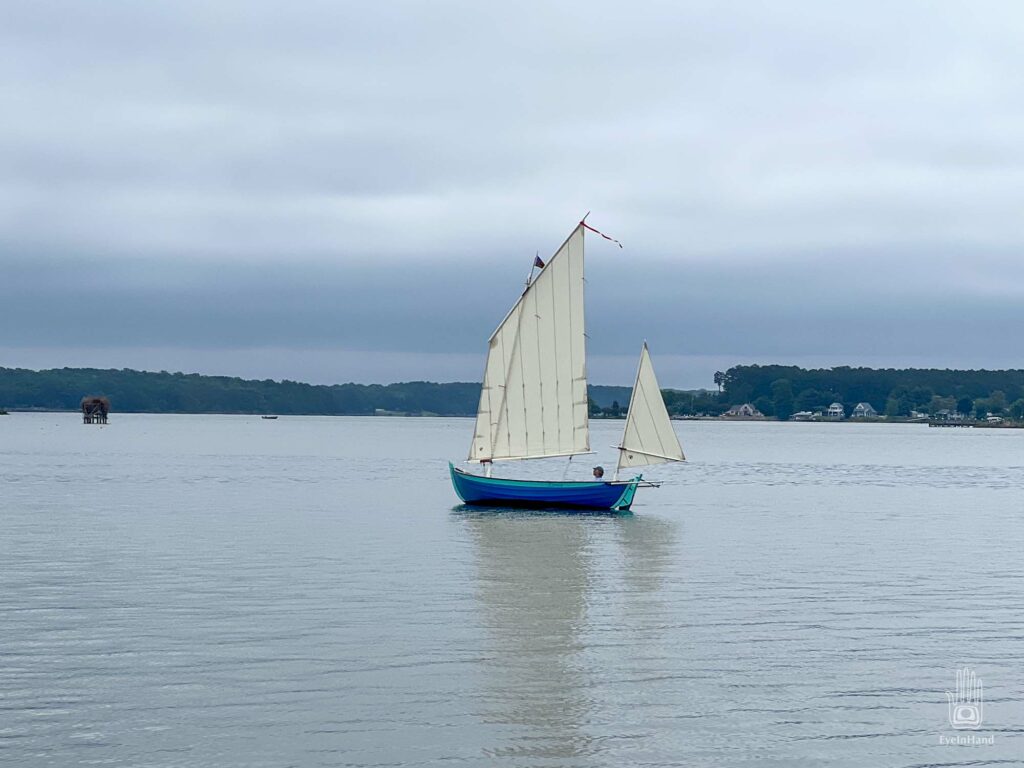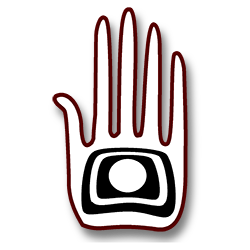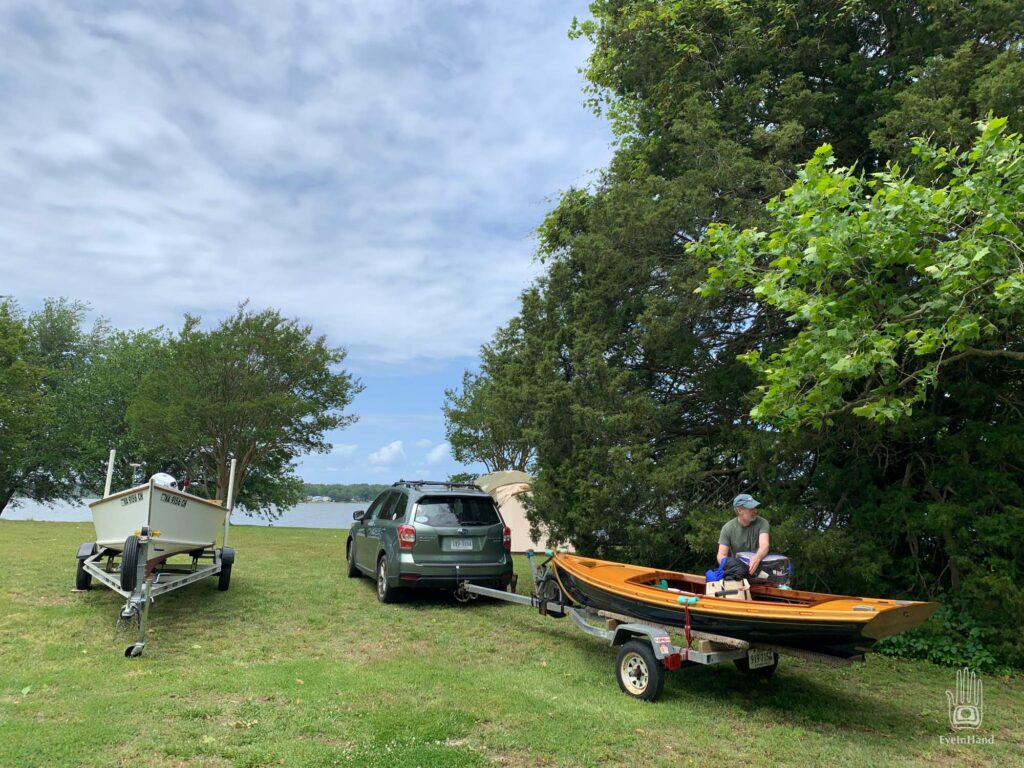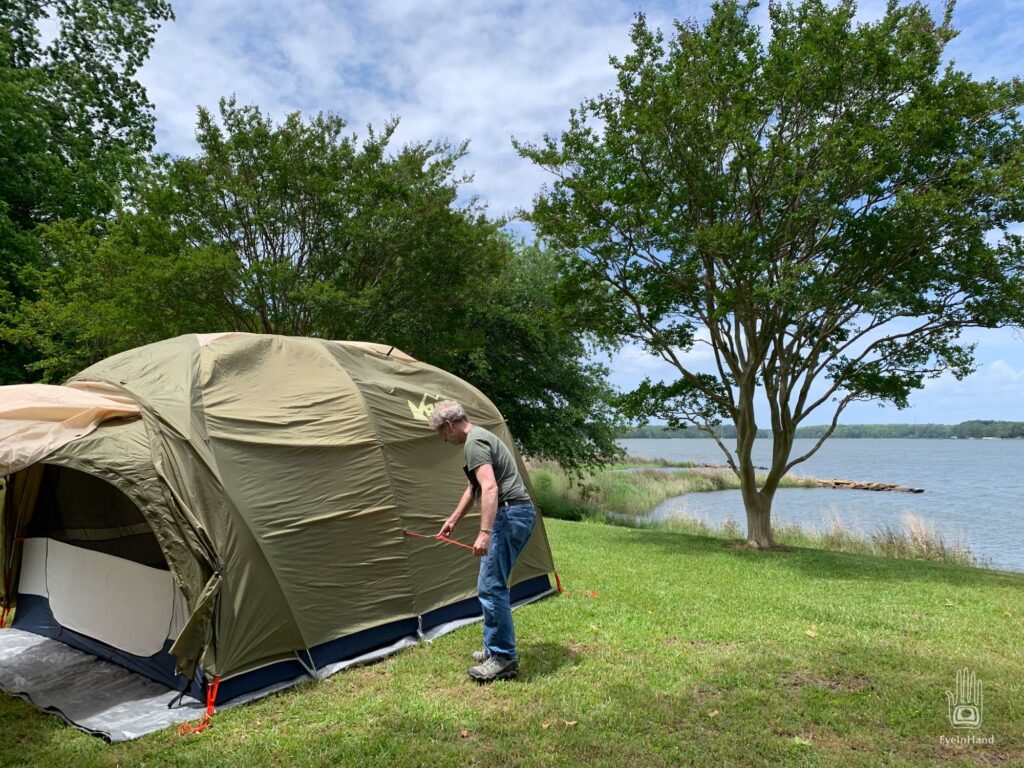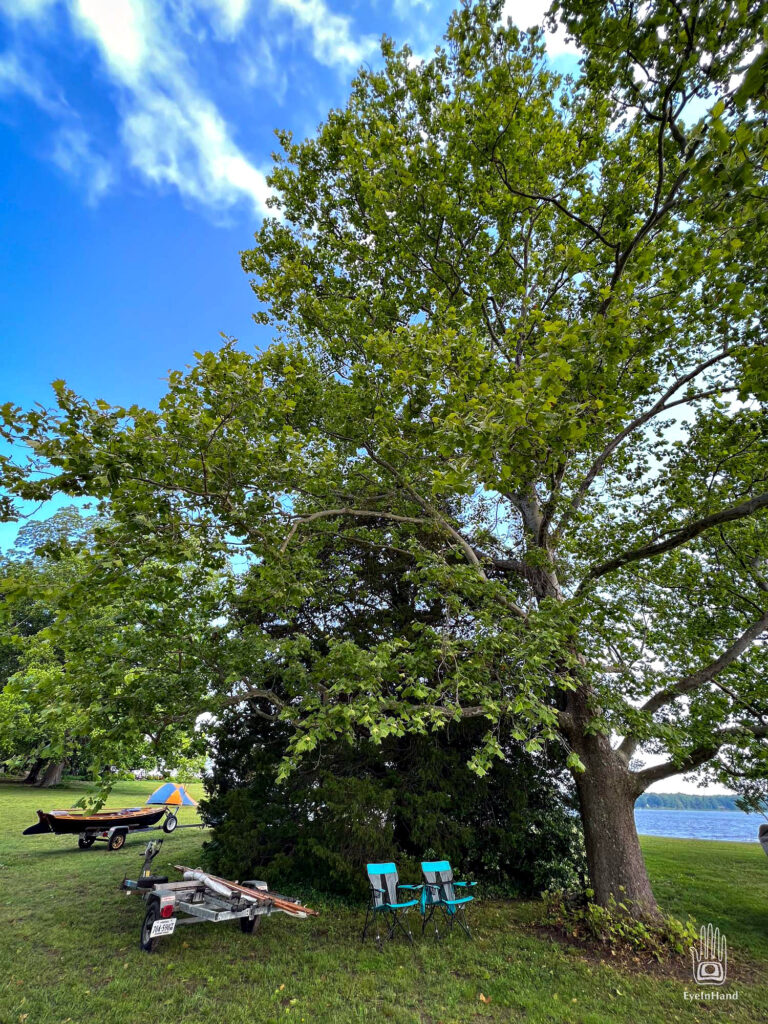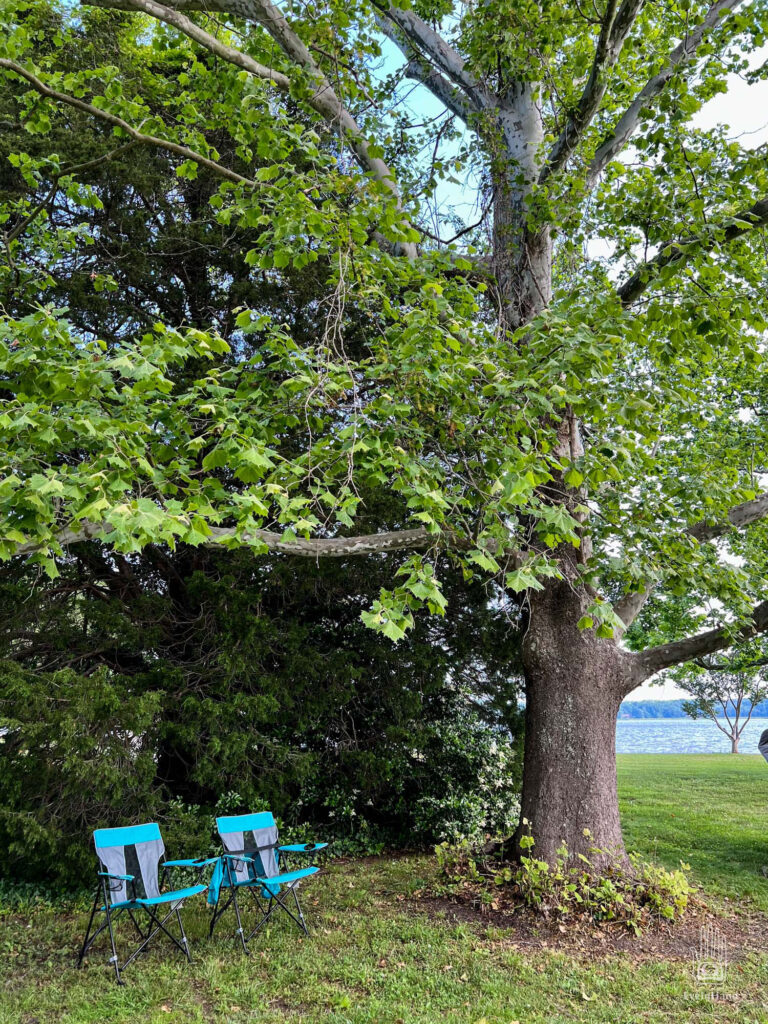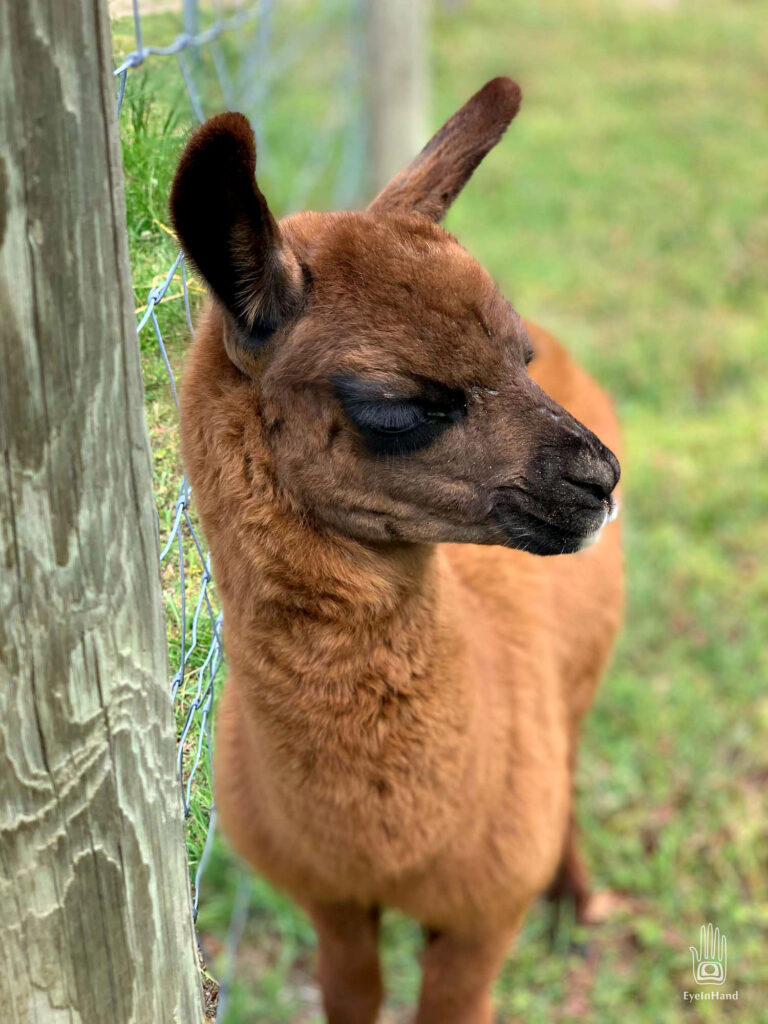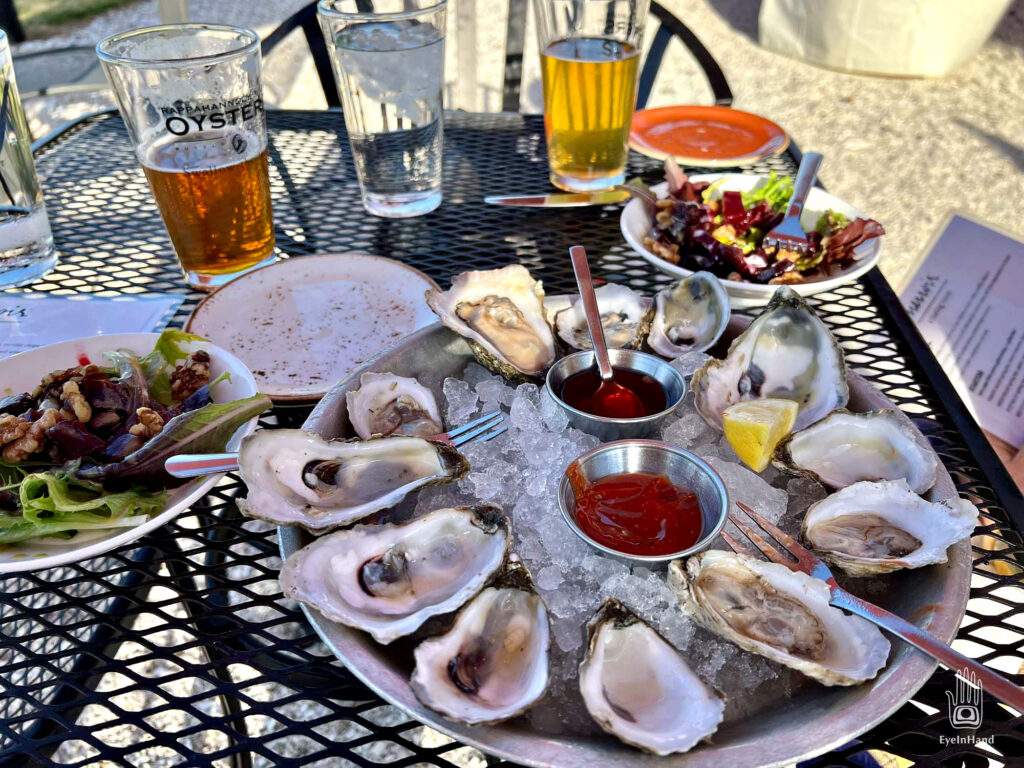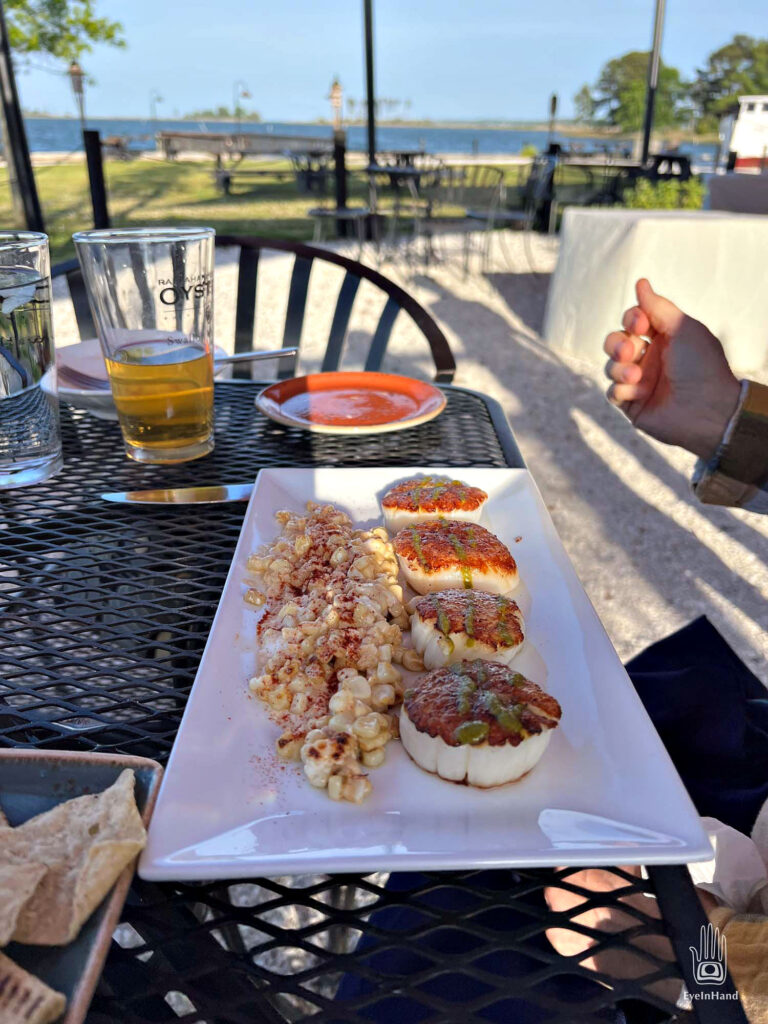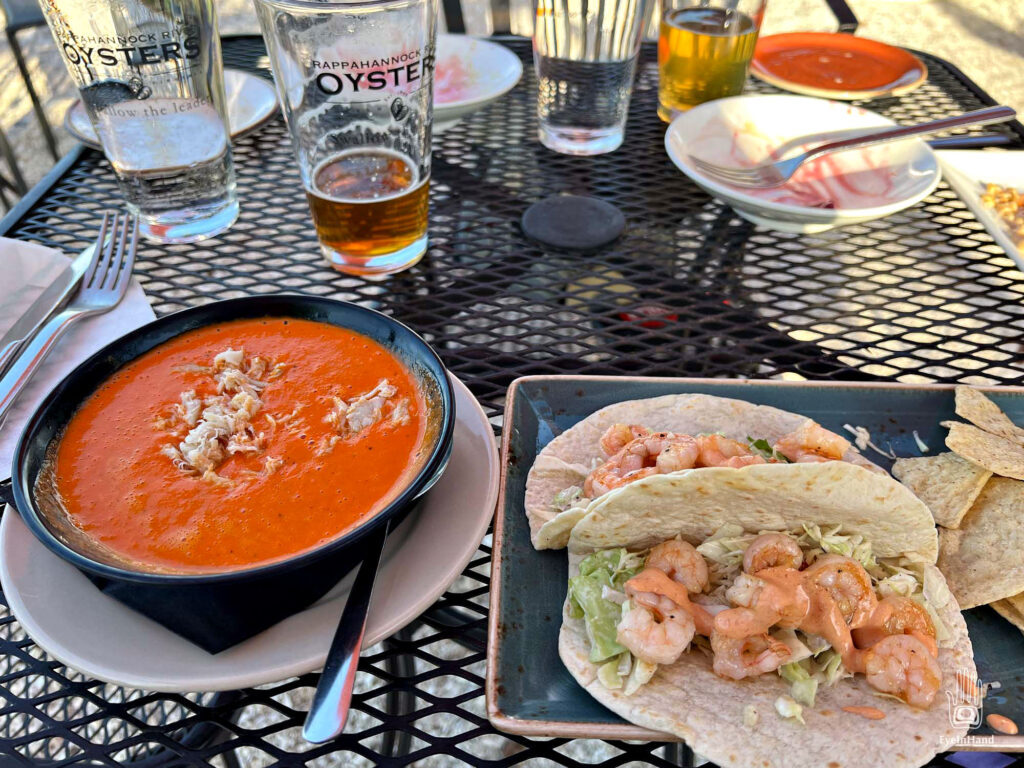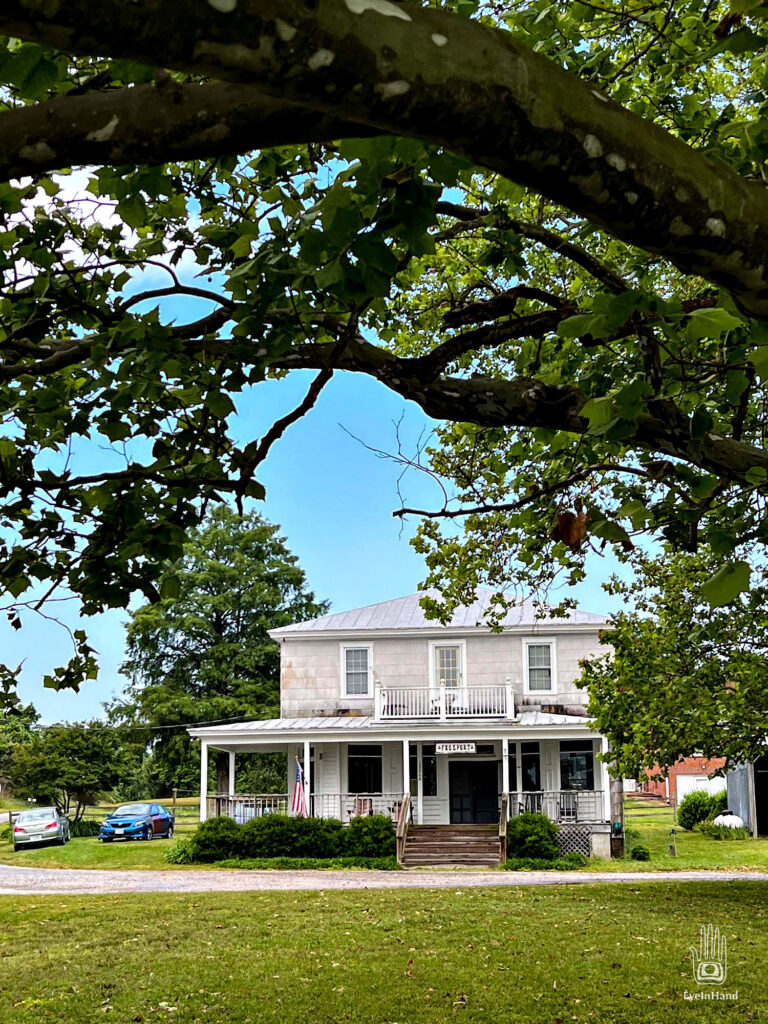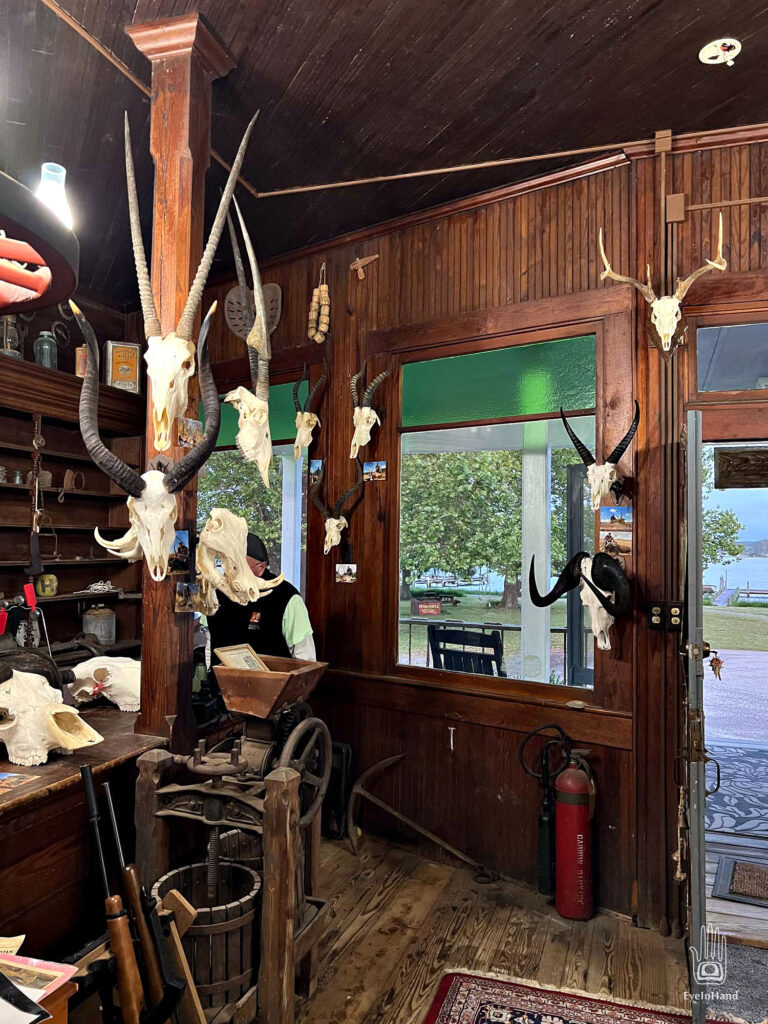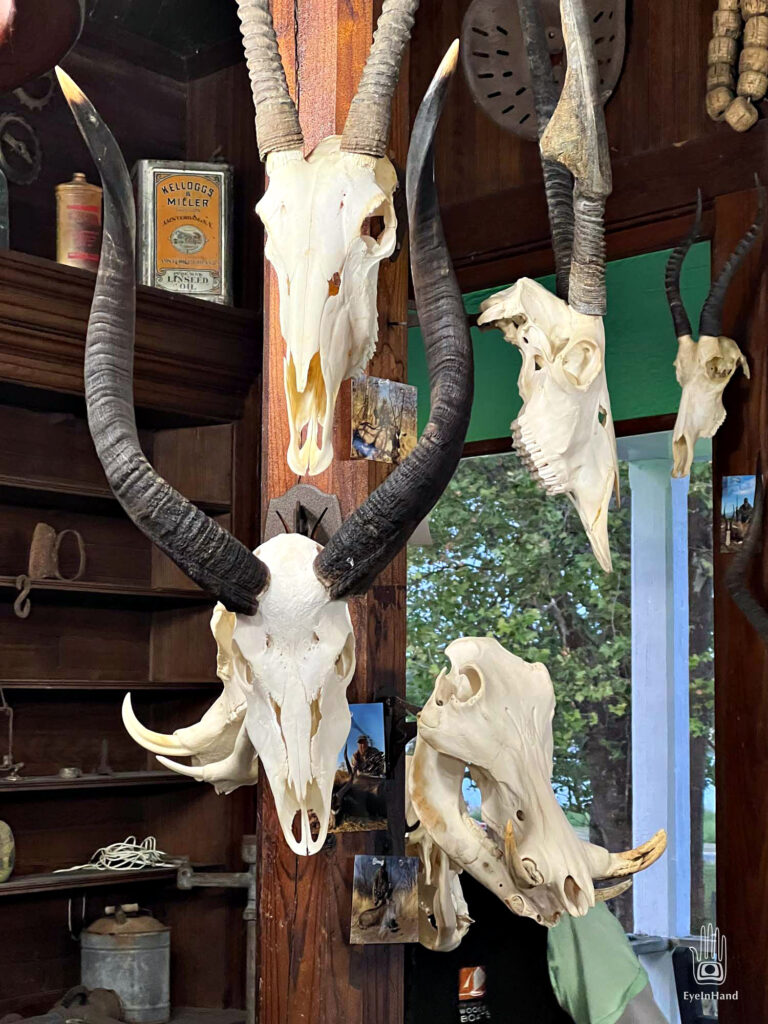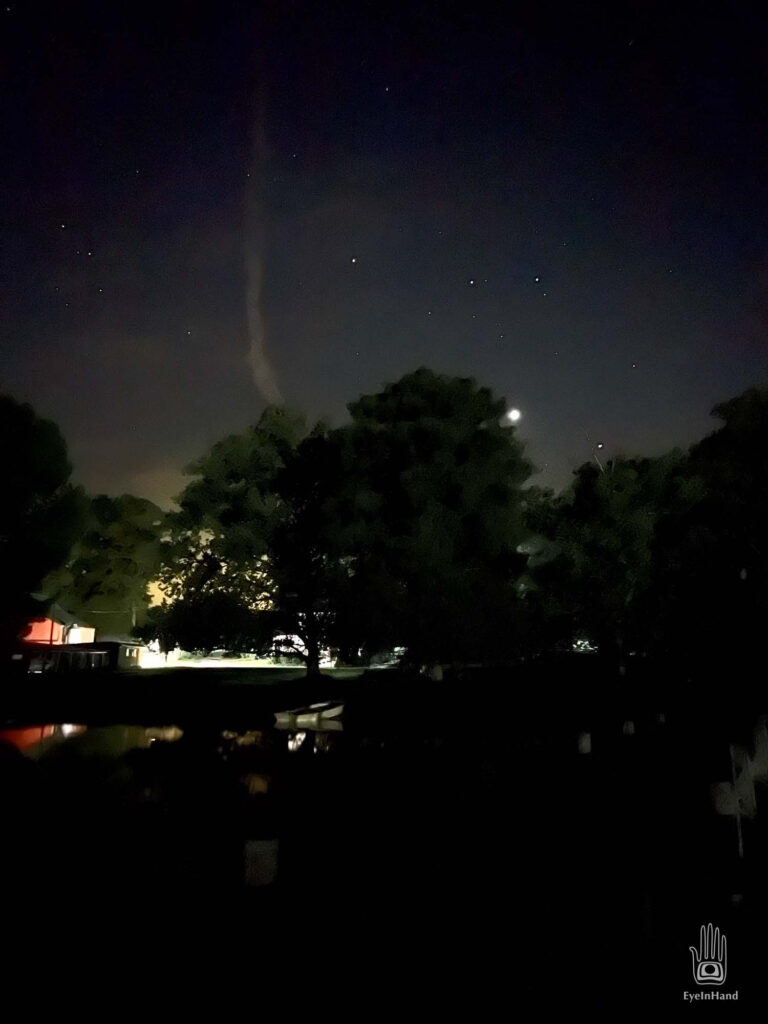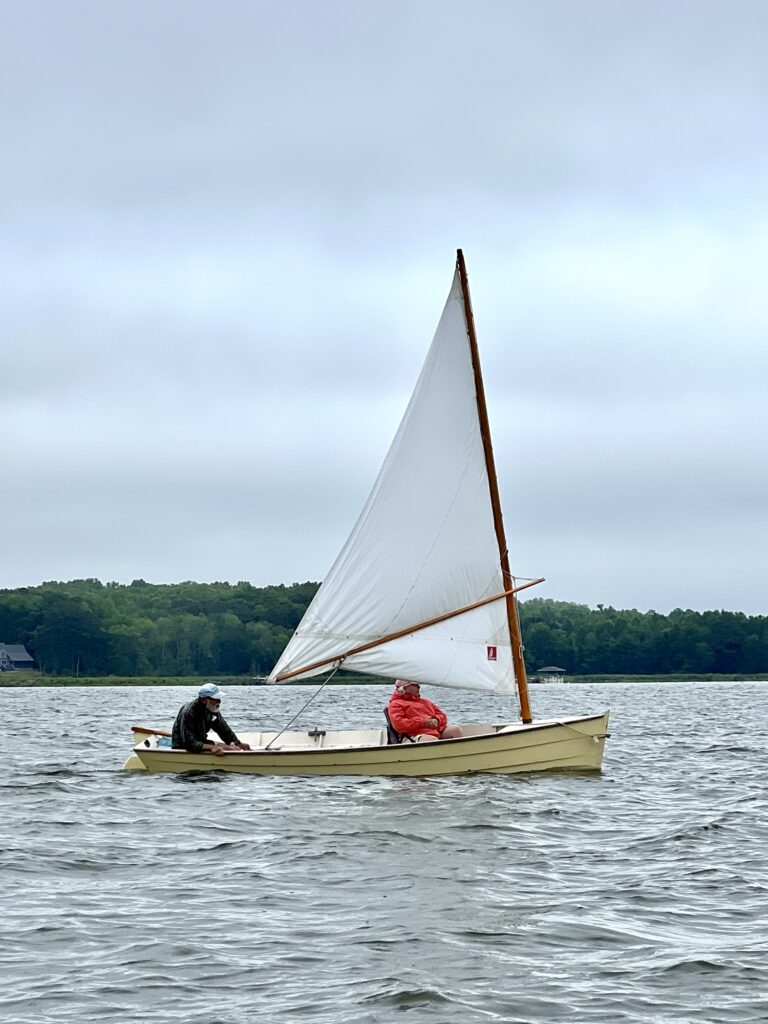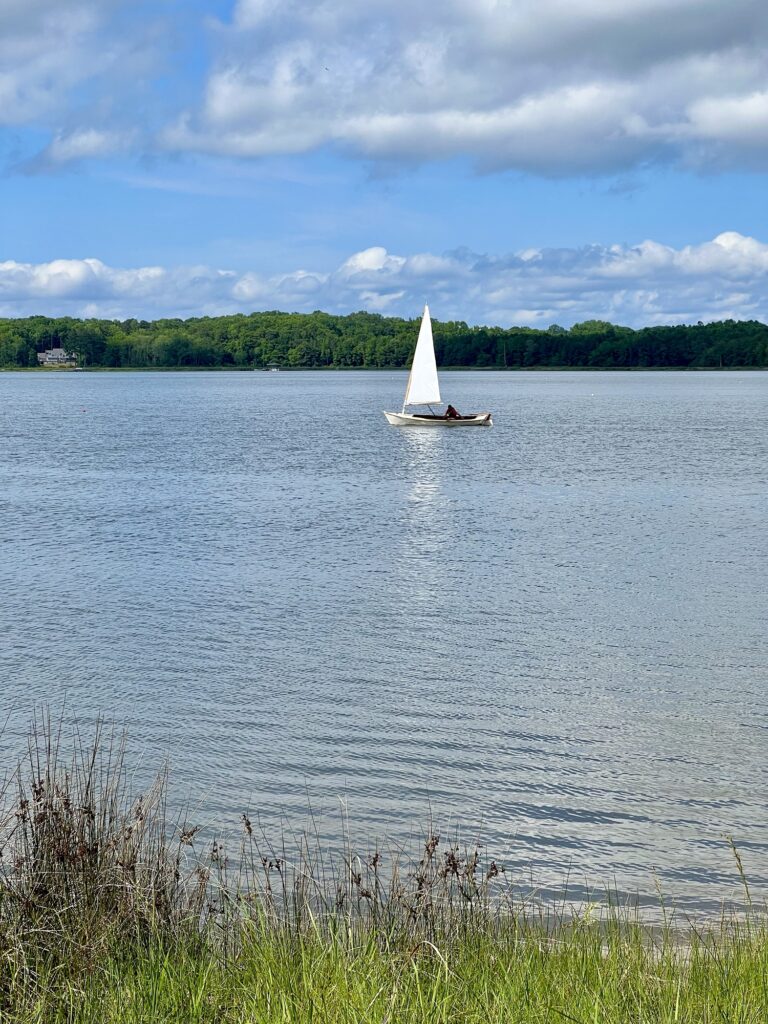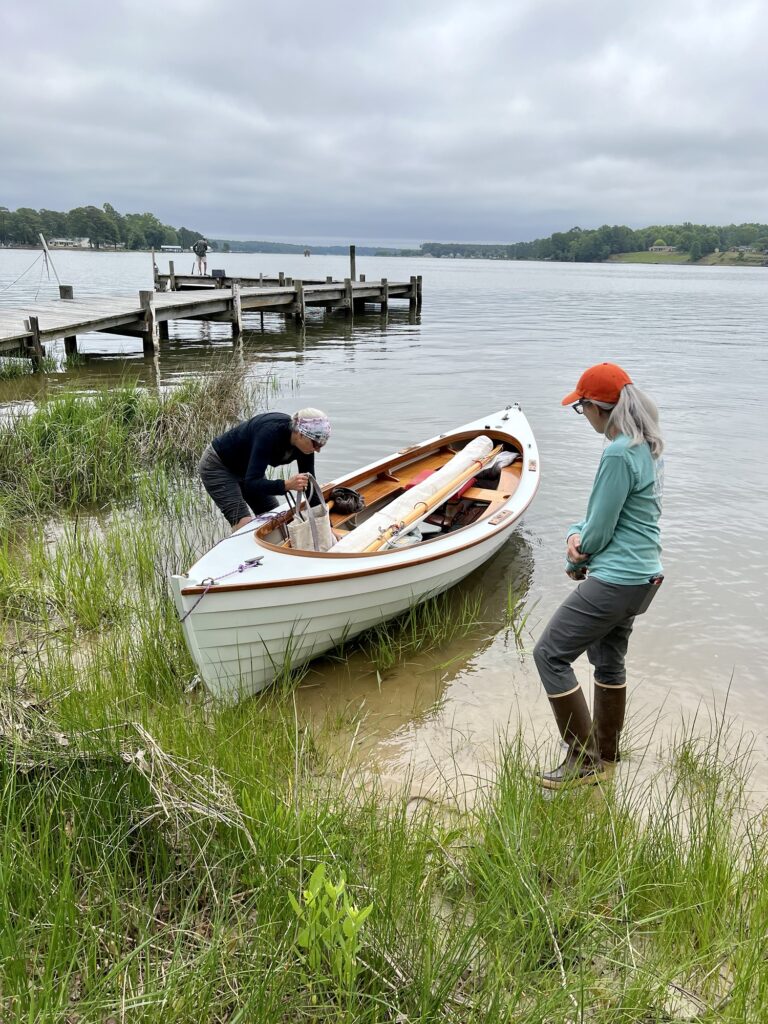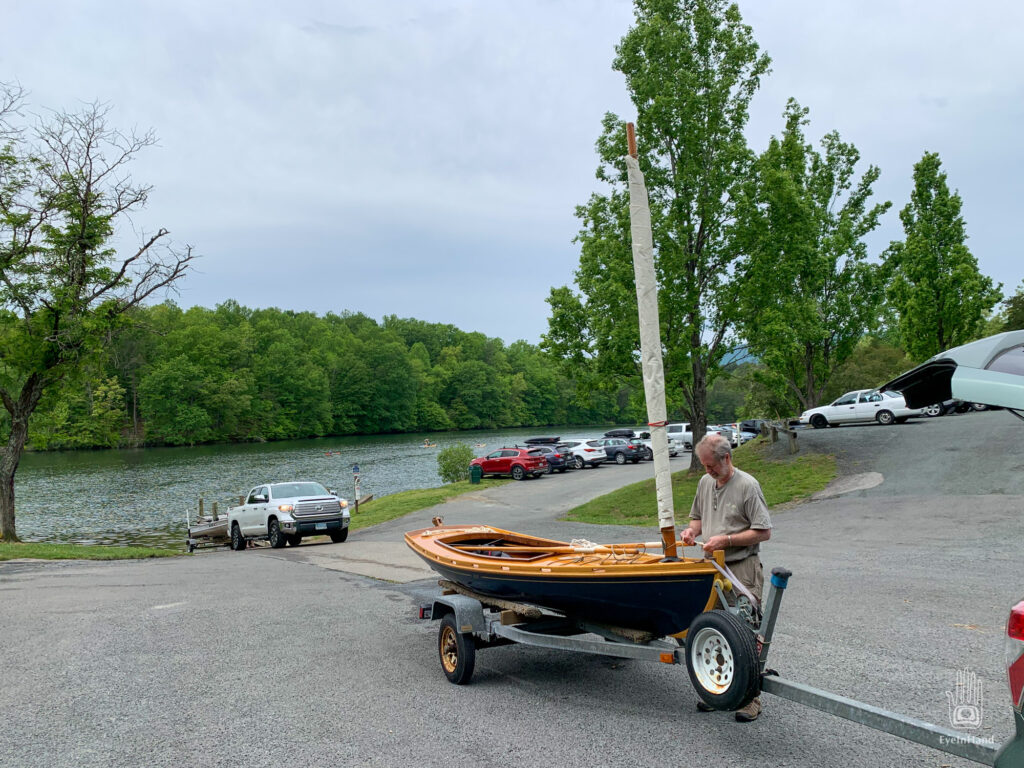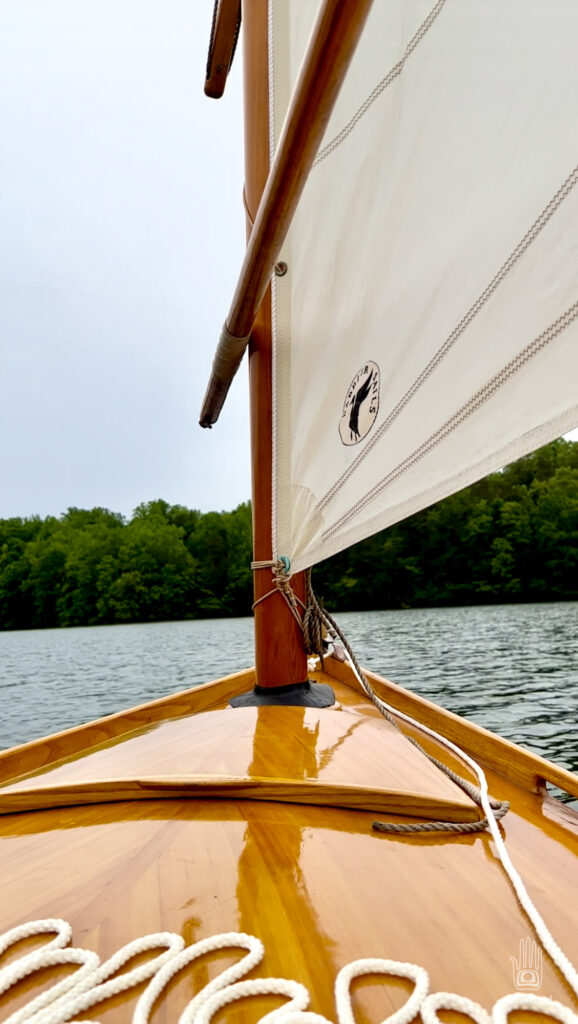
The wind blew itself out overnight. At dawn I can hear crabbers dropping pots in the water a quarter mile across the water. Big Deadrise Diesels sound like distant thunder as they fire up and head out. This far upriver, though, crabbing is done from flat bottom outboard skiffs, usually by one man working alone. I put water on for coffee and watch one work a line of pots in the fog. It’s a slow motion rodeo, a cowboy on a floating quarter horse doing slow turns around the barrels. Spin slowly around the buoy . . . pull pot – dump crabs– add bait – drop pot . . . then peel off to the next one. Repeat. Repeat. Repeat. The wake draws a line, connecting dots of buoys in the river.

A light breeze comes up, opposite direction of yesterday, and clears away the fog. Took my coffee to the docks and watched our remaining sailors creep out of the creeks and make their way in – some sailing, some rowing. Still others arrive by land with boats on trailers. The sun comes out. Soon a whole fleet of beautiful wooden boats is pulled up along the small beach.

One of the best moments of these gatherings is to see up close the boats you know already only from photos and videos. And their owner/builders, too. Jim Luton and Holly Sears moved down from Brooklyn a couple years ago. Holly has connected with one of the oldest sailing clubs on the Bay, and teaches sailing classes there. Didn’t take long for Jim find his way to the boat shop at the Deltaville Museum. Now he and John England and museum volunteers build deadrise power skiffs, a traditional style of wooden boat native to this region.

From photos, though, I only knew about the sailboats he built in his shop in Brooklyn. First was a sharpie skiff called Cricket, with a leg o’mutton rig and the classic lines of Chesapeake and Carolina Crabbing Skiffs. Next was the more challenging Matinicus Peapod – all lapstraked and round bottomed, pointy on both ends – designed for the lobster fishery of Matinicus Island in Maine. And here they both were, more beautiful in person than pictures.


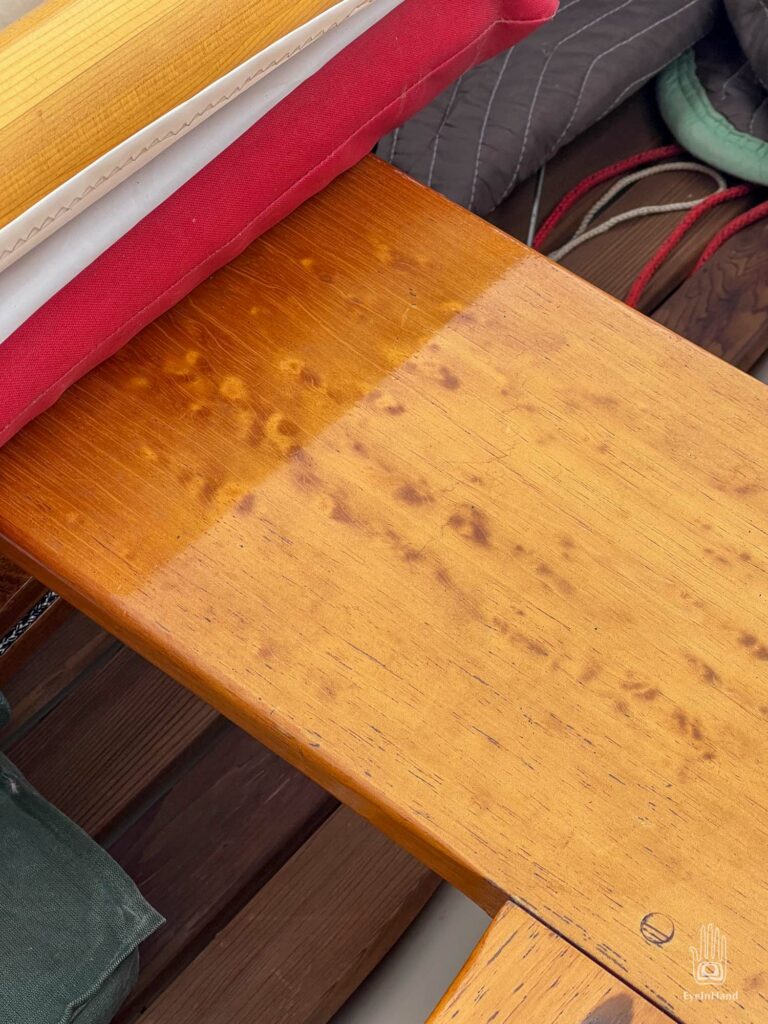

Holly rigs the Matinicus Peapod built by Jim Luton.
There are also new boats to me: Greg Taylor’s recently completed Tom Cat, which he turned up to 11 on the detailing, and Rob Kunzig’s Ilur.


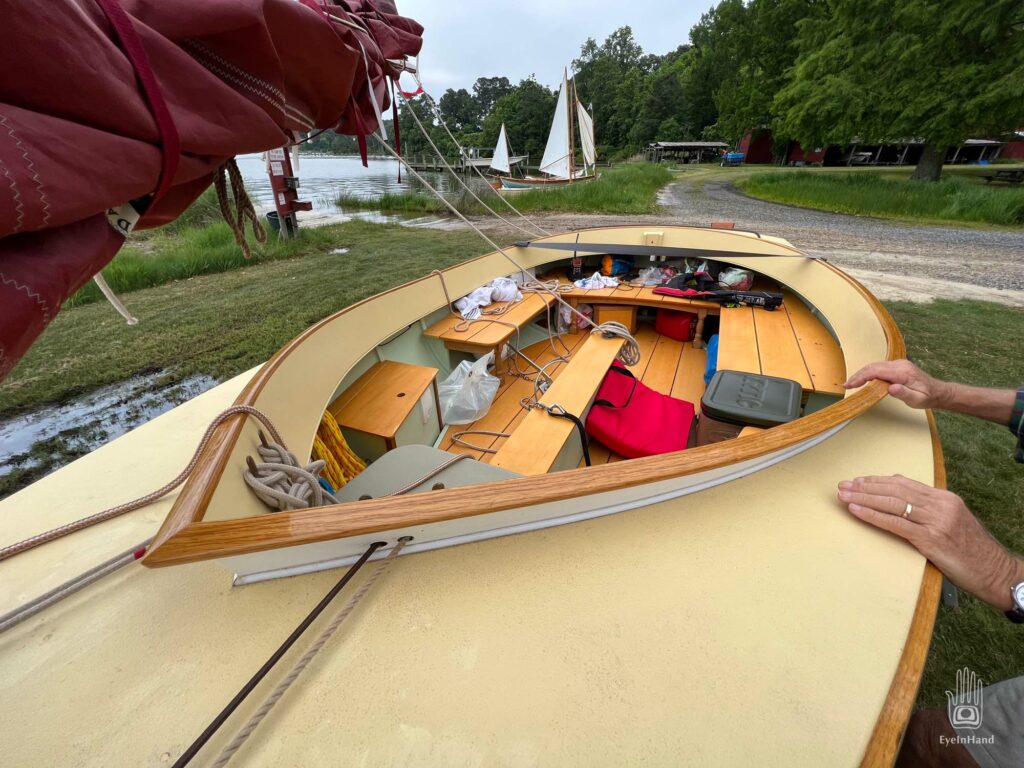



Greg Taylor’s Tom Cat
And there are familiar boats not seen since pre-pandemic times. John and Vera’s traditional skiff I know from here and St. Michaels. Dennis Keener’s Caledonia Yawl has fresh paint and a new color scheme, Eddie Breeden’s always fast Sooty Tern, Harris Bucklin’s Caledonia, and Jim Arthur’s Coquina, a fast boat that sails like a wet witch.





Most of the guys who started days ago were beat up pretty well by the wind, had enough and pulled out. The rest of us late comers all set out for a leisurely sail in the Piankatank.
My first saltwater outing in five years was a bumpy re-entry. T and I rigged and shoved off fine, but Aeon’s rudder caught on submerged riprap off the beach by the ramp. By the time we wiggled free we were no longer pointing to open water. Instead, got swung round aiming directly at the dock, and the boats tied to it. I bumped everything possible between the shore and the river – docks, and boats – not hard, but much to our mortification. Everyone was on the dock for the show, of course. Which is just as well – they grabbed lines and fended us off with no visible scars, mine or theirs. And Vera made us all pause mid-bumble to capture the moment.
Smile! 🙂

Everything got instantly better away from shore.





